Essential Steps to Identify Hidden Water Leaks in Your Home
Hidden water leaks can often be detected by observing unusual indicators such as a significant rise in water bills, musty odours, damp spots on walls, or an unexpected decrease in water pressure. Additionally, heated areas on floors or the sound of water running when all taps are turned off may signal the presence of a leak. Homeowners in Wollongong can verify a leak by turning off all water sources and checking if the water meter continues to move. If it does, it's advisable to contact a licensed plumber for expert, non-invasive leak detection and prompt repairs.
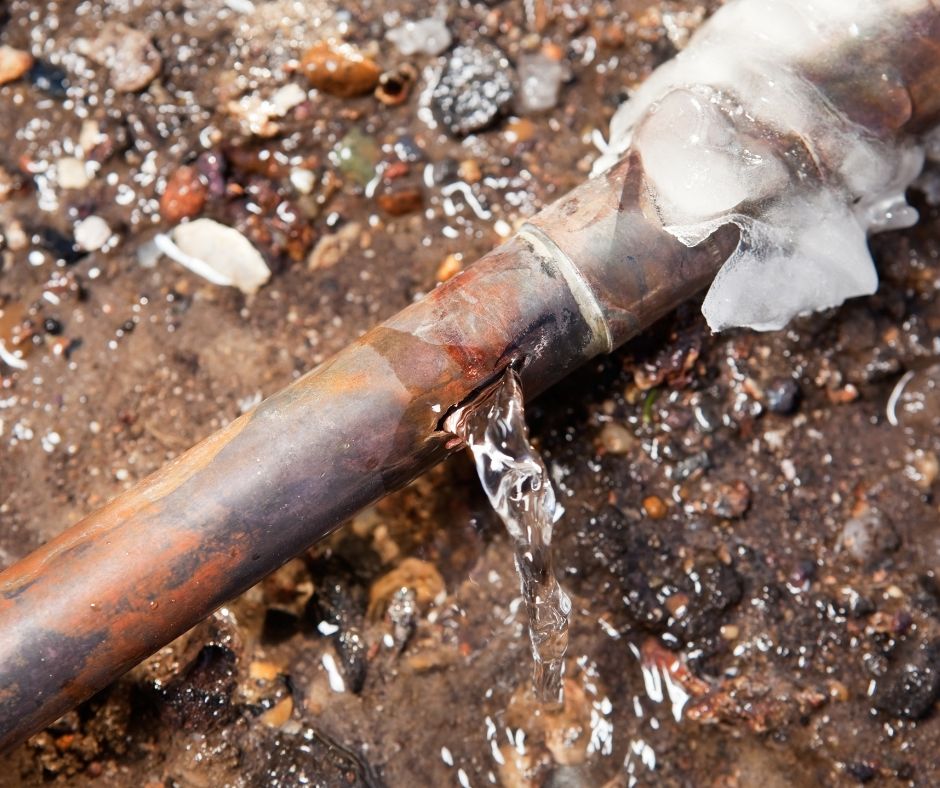
Professional Leak Detection Services You Can Trust
Water damage can lead to serious consequences beyond just structural issues. Unnoticed leaks can gradually compromise your home’s integrity, inflate your water bills, and facilitate mould growth in concealed areas that may go unnoticed until substantial damage occurs. It's crucial to address leaks promptly to safeguard your property.
For homeowners with older plumbing systems or those residing in suburbs where clay or copper pipes dominate, the risk of hidden leaks is heightened. Recognising early warning signs and knowing how to identify them without resorting to invasive methods like tearing up floors or breaking walls is vital for every homeowner aiming to protect their investment.
Understanding the Nature of Hidden Water Leaks
A hidden leak refers to any water escape that occurs behind walls, beneath concrete slabs, within ceilings, or underground, making it invisible to the naked eye. Such leaks can arise from various sources, including damaged pipes, faulty joints, corroded fittings, or worn-out seals that have outlived their effectiveness.
In the Wollongong area, homes are particularly susceptible to hidden leaks due to several local environmental factors:
- Corrosive salt-rich air that accelerates pipe deterioration
- Heavy rainfall that can overwhelm local stormwater systems
- Tree roots infiltrating underground pipework, causing damage
Being aware of these unique risks highlights the importance of early leak detection, which can save homeowners thousands of dollars in repair costs and prevent significant structural damage.
Seven Indications of Potential Hidden Water Leaks
1. Sudden Unexplained Increase in Water Bills
If your water consumption habits have remained consistent yet your bills are rising significantly, it’s possible that you are losing water due to a leak that is not visible. A consistent upward trend in your bills is one of the most prevalent warning signs that something is amiss.
2. Presence of Damp or Musty Smells Indoors
The presence of mould is often associated with a strong, musty smell. If these odours emerge in areas where no visible leaks are apparent, such as inside cupboards or behind closed doors, it is frequently indicative of slow water leaks hidden within the walls.
3. Noticeable Discolouration on Walls or Ceilings
Dark patches, bubbling paint, or flaking plaster are often telltale signs of trapped moisture. Areas particularly affected include ceilings located beneath upper bathrooms, which are common hotspots for hidden leaks.
4. Reduced Water Pressure Throughout Your Home
If only one tap exhibits low water pressure, it may indicate a clogged fitting. However, if the entire house experiences low pressure, especially if this change occurs suddenly, it could suggest a breach in your plumbing system.
5. Warm or Damp Spots on Concrete Floors
Should you notice warm or wet patches underfoot, especially near bathrooms or laundries, this might indicate the presence of a slab leak occurring beneath your floor, which requires immediate attention.
6. Sounds of Water Flowing When All Taps Are Off
If you hear a hissing or dripping sound while all fixtures are off, pay close attention to your walls or floors. These noises can often lead you to an active hidden leak that requires urgent investigation.
7. Ageing Flexible Hoses Installed Under Sinks or Basins
Flexible braided hoses are routinely used to connect taps to the water supply beneath sinks, basins, and toilets. Over time, the stainless steel braid can corrode or fray, particularly in older homes or in areas with high humidity levels like Wollongong.
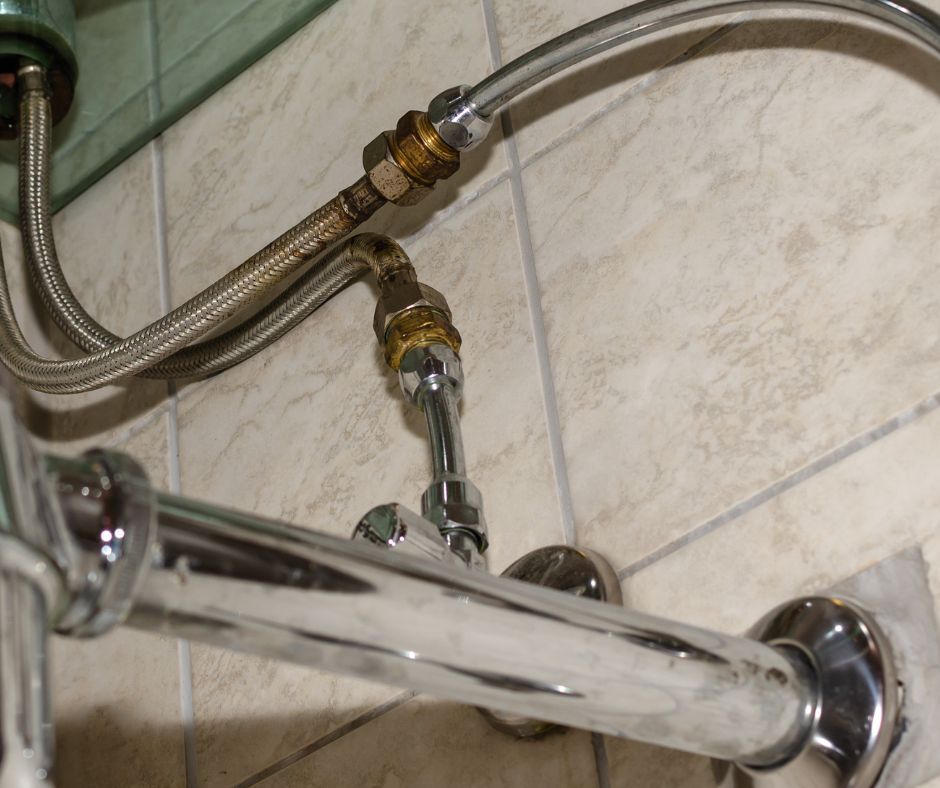
Effective Methods to Confirm a Leak Without Major Disruption
Before resorting to excavation or wall removal, consider the following practical steps:
- Monitor Your Water Meter
Turn off all taps and water-using appliances, then take note of the meter reading. After waiting for 30 minutes, check the meter again. If it has moved, this indicates a leak. - Utilise a Thermal Imaging Camera
Many licensed plumbers now provide non-invasive leak detection services that utilise thermal imaging or acoustic sensors to accurately locate leaks hidden within walls or concrete structures. - Inspect for Water Accumulation Under Appliances
Appliances such as dishwashers, fridges with water dispensers, and washing machines often harbour hidden hose leaks that can go unnoticed for extended periods. Many of these appliances are connected with flexible braided hoses (flexi hoses), which can deteriorate over time. A rusting or frayed flexi hose located behind or beneath an appliance is a frequent source of hidden leaks and should be routinely inspected, especially in homes with older fittings.
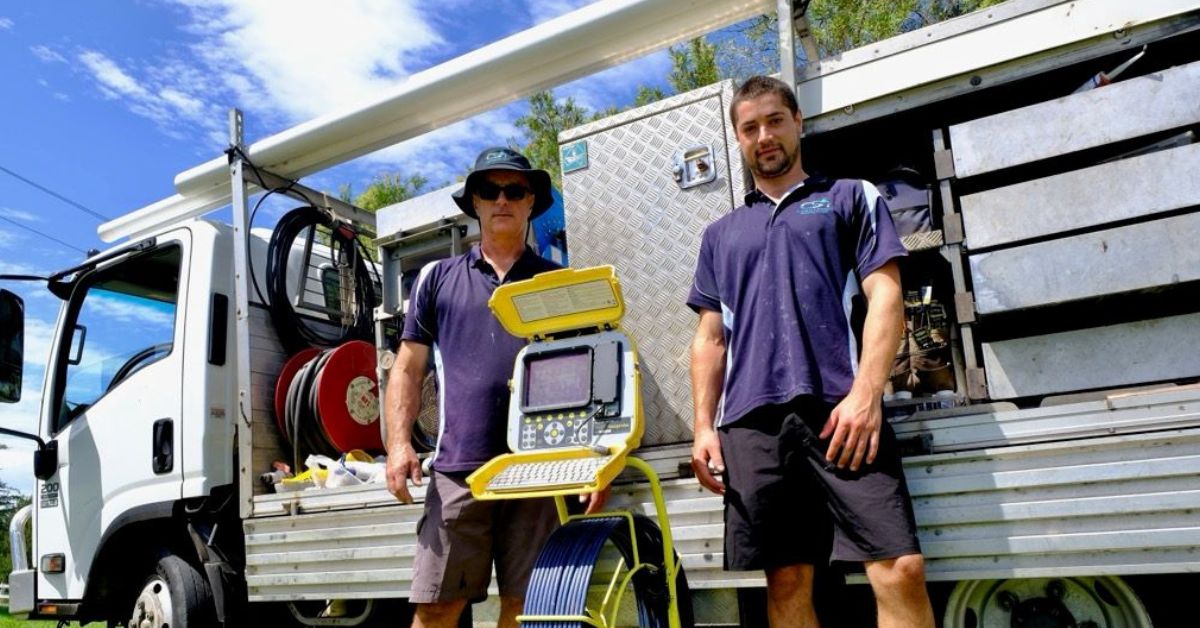
When to Seek Assistance from a Licensed Plumber
If you have any suspicion of a hidden leak, it is crucial to act promptly. In New South Wales, only licensed plumbers are legally permitted to carry out repairs involving internal pipework or water infrastructure. Ignoring leaks can have serious implications for your home insurance and may even breach property compliance regulations.
The NSW Fair Trading Plumbing Code of Practice stipulates that all plumbing work must adhere to approved standards, and any regulated repairs must be accompanied by a certificate of compliance from a licensed tradesperson. For more information, you can visit their website here:
NSW Fair Trading – Plumbing and Drainage
Next Steps After Confirming the Presence of a Leak
Once you have confirmed a hidden leak, it is essential to take the following actions:
- Schedule a consultation with a licensed plumber who is experienced in non-invasive leak detection.
- Cease using any water fixtures in the affected area to minimise further damage.
- Document all damage thoroughly if you are contemplating filing an insurance claim.
- Retain all receipts and photographic evidence for future reference.
If you require immediate assistance, our emergency plumbing service in Wollongong is ready to address urgent leak repairs throughout the region.
For persistent or complicated issues, such as tree root intrusions or substantial underground leaks, you might also need to consider a comprehensive drainage overhaul.
Key Recommendations for Homeowners in Wollongong
Leaks may not always be immediately apparent. However, the signs are consistently present if you know what indicators to look for. If you notice even one of the warning signs mentioned above, it is imperative to investigate further to prevent the problem from escalating.
Wollongong’s distinctive environment means that plumbing issues may behave differently here compared to inland areas. A slow leak behind a bathroom wall or beneath your driveway could result in significant costs if it spreads to electrical systems, foundations, or timber framing.
Early detection is critical, as it protects not just your pipes but the overall integrity of your home.
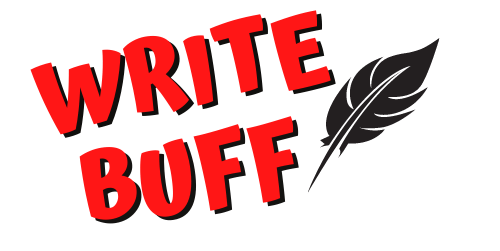
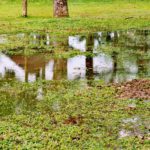
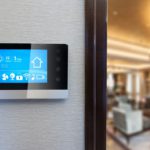
You’ve touched on such a critical yet often overlooked aspect of home maintenance. Hidden water leaks can wreak havoc not only on our wallets but also on our living environments. Speaking from personal experience, I once encountered an undetected leak behind a wall that resulted in a minor renovation nightmare! I noticed some dampness along one corner of my living room but thought little of it at first. It wasn’t until the practical indicators like an unpleasant musty odor and a mysterious spike in my water bill surfaced that I finally investigated further. The situation escalated quickly, leading to unexpected expenses and a lengthy repair process.
It’s interesting to consider how something as seemingly benign as a water leak can spiral into larger issues that affect not just our homes but our overall well-being. In my experience, I once ignored a small damp spot on the wall, thinking it was just a bit of condensation. It wasn’t until the musty smell became more pronounced and I started experiencing allergies at home that I realized I had a hidden leak on my hands.
This is a timely and necessary topic, especially for homeowners who may not realize the extent of water damage that hidden leaks can cause. I remember when I first moved into my house; I noticed a strange musty smell but couldn’t pinpoint the source. It turned out to be a slow leak in a wall that had gone unnoticed for months. The repair costs were daunting, and the experience made me far more conscious of how crucial early detection is.
I really appreciate this post and the attention it brings to the often-overlooked issue of hidden water leaks in our homes. It’s fascinating how something so small can lead to such extensive damage if left untreated. I can personally relate to the situation you described; a few years back, I noticed my water bill steadily creeping up without any lifestyle change on my end. I started investigating, and sure enough, I found a small leak under the kitchen sink that had been causing dampness.
It’s fascinating how something as seemingly benign as a small leak can evolve into a major home issue if left unchecked. I can relate to the concerns you’ve raised in your post. A few years ago, I experienced a minor leak in my basement that went unnoticed for a while. I dismissed the slight dampness as a seasonal issue, but eventually, it escalated into a bigger problem that not only affected the structure but also led to mould growth. The unfortunate irony is that I could have easily avoided the situation had I been more vigilant in looking for the early signs, much like the indicators you mentioned.
This is such an important topic, particularly for homeowners. I remember when I discovered a hidden leak in my own home; it started with an unusually high water bill that didn’t quite add up. After some investigation, I found damp spots behind a wall in a rarely used room—definitely not something I would have noticed right away! The impact of water damage goes beyond just the physical structure; I was worried about mould growth and air quality as well. It’s a reminder that being proactive about water leaks can save time, money, and even health issues down the road. I’m curious if anyone has had success with DIY methods before calling in a professional, or if it’s always best to involve an expert right away. What has been your experience with detecting and managing water leaks?
It’s refreshing to see a focus on the often-overlooked issue of hidden water leaks in homes. As a homeowner myself, I can attest to the potential financial and structural repercussions of letting a leak go unnoticed. Just a few months back, I encountered a situation where my water bill took a surprising leap. Initially, I thought it might just be due to increased usage, but when I noticed some damp spots creeping along the baseboards, I knew I had to investigate further. It turned out to be a leaky pipe behind the wall—a small issue that could have escalated into a much larger headache if left unchecked.
You’ve highlighted some excellent indicators of hidden water leaks, but I’m curious about the long-term implications of ignoring them. For instance, my neighbor once overlooked a slow leak behind her kitchen cabinets. It turned into a significant mould issue that not only damaged her property but also posed health risks for her family, leading to expensive remediation costs. This raises an interesting point about how our awareness of home maintenance can directly impact our health and financial well-being.
Your insights on identifying hidden water leaks resonate deeply, especially considering how often these issues fly under the radar in many households. I’ve personally experienced the frustration of trying to pinpoint a leak in my own home, which echoed your mention of unexpected changes like rising water bills and damp spots. It’s often the more subtle signs—like that musty smell or even strange sounds in the pipes—that can be the most telling yet are easily overlooked in the hustle and bustle of daily life.
It’s interesting how often we take our home’s plumbing for granted until issues arise. I’ve noticed that even small leaks can escalate quickly, not just in terms of potential damage but also the hidden costs on our water bill. In my own experience, a faint musty smell in a corner of the basement led to the discovery of a slow leak in a pipe buried behind the drywall. It was a relief to catch it early, but seeing how much effort it took to fully resolve made me realize the importance of regular checks.